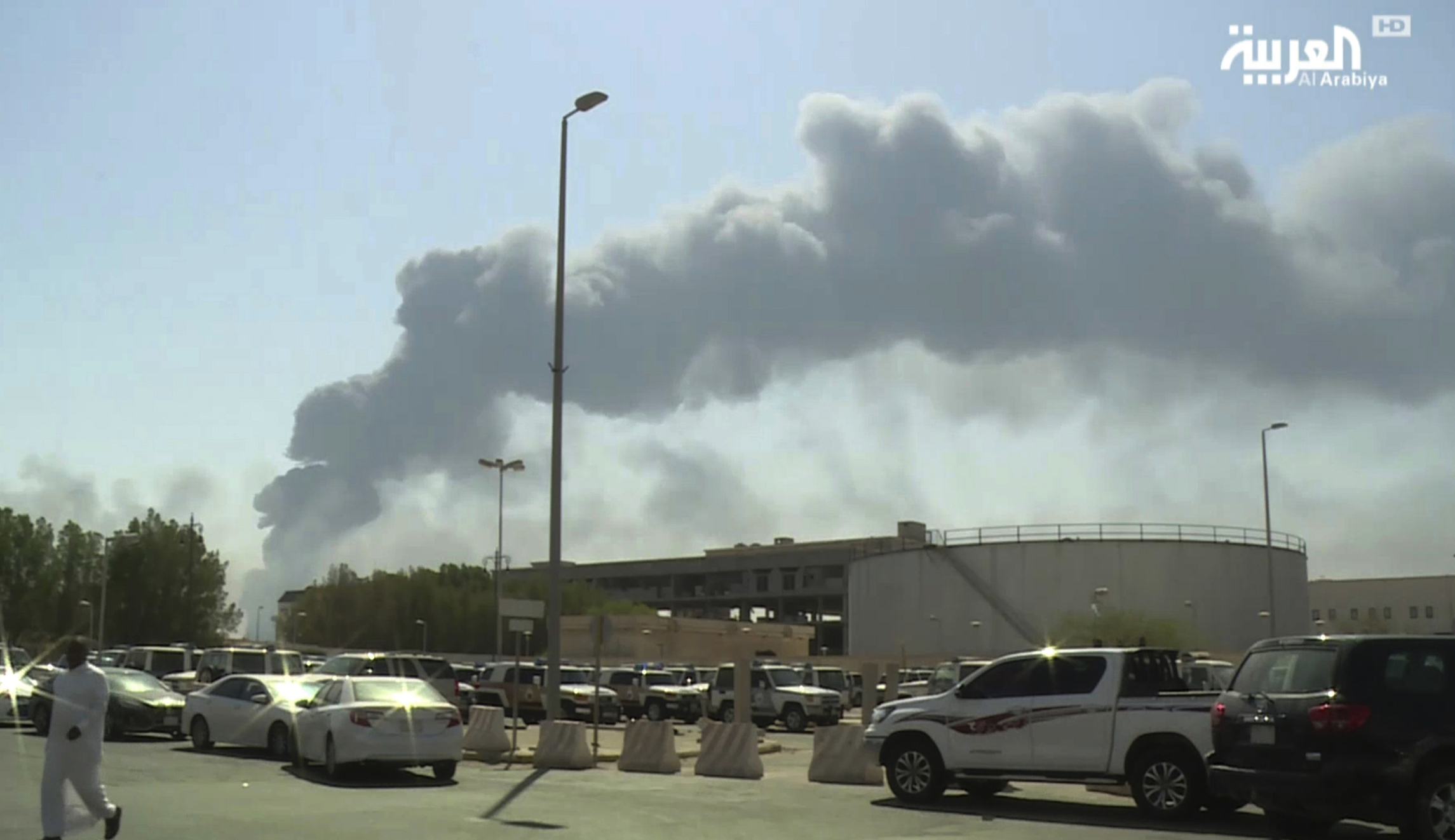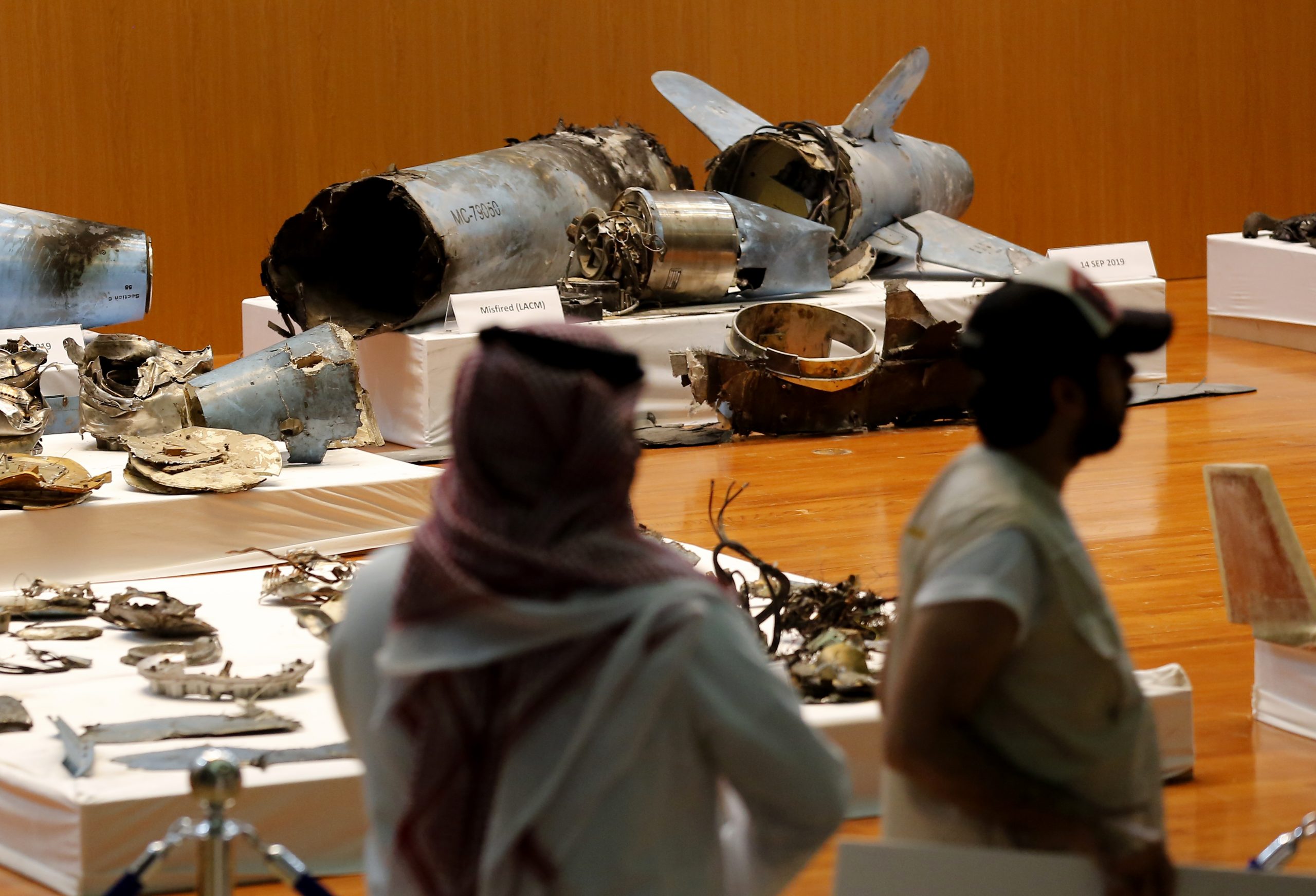The head of the United Nations said missiles used in attacks against Saudi Arabia last year were sourced from Iran.
U.N. Secretary-General Antonio Guterres said in a report to the Security Council that the missiles that hit Saudi oil facilities were “of Iranian origin.” He also concluded that attacks against an international airport that wounded dozens of civilians came from Iran, according to Reuters.
Guterres said that “these items may have been transferred in a manner inconsistent” with a 2015 Security Council resolution endorsing the Iran nuclear deal, also known as the Joint Comprehensive Plan of Action. The United States left the deal in 2018 and began a “maximum pressure” campaign of sanctions against Iran. Iran has also flouted the deal, violating all of its major restrictions.

Guterres added that weapons and equipment seized by the U.S. in November and February were of Iranian origin. He explained that some of the weapons had designs tied to companies in Iran and that some had Farsi markings.
In February, the USS Normandy intercepted a small sailboat carrying a variety of Iranian munitions while conducting security operations. The U.S. concluded that the munitions, which included missiles and drone components, were bound for Houthi rebels in Yemen. Iran has supported the Houthis in their attacks against Saudi Arabia.
The U.N. conducted inspections on the weapon debris from four of the Saudi attacks over the past year and assessed “that the cruise missiles and/or parts thereof used in the four attacks are of Iranian origin.”
Iran pushed back on the U.N. claims Friday, with the Foreign Ministry saying in a statement, “Iran denies allegations by the U.N. Secretariat that appear to have been made under political pressure from the U.S. and Saudi regimes.”

The U.S. is advocating for the Security Council to extend an arms embargo against Iran set to expire in October under the terms of the JCPOA. U.S. Ambassador to the U.N. Kelly Craft said a draft resolution on the embargo extension would be distributed to the 15-member council in the near future.
Earlier this month, the International Atomic Energy Agency issued a classified report that showed Iran is continuing to violate nuclear deal restrictions, including enriching and stockpiling uranium.
“Iran continues to expand its proliferation-sensitive nuclear activities in a transparent attempt to generate negotiating leverage and extort the international community. These provocations will not work,” a spokesperson with the State Department told the Washington Examiner at the time. “President Trump made clear we will continue imposing maximum pressure on the Iranian regime until it ceases its destabilizing activities and negotiates a comprehensive deal.”

